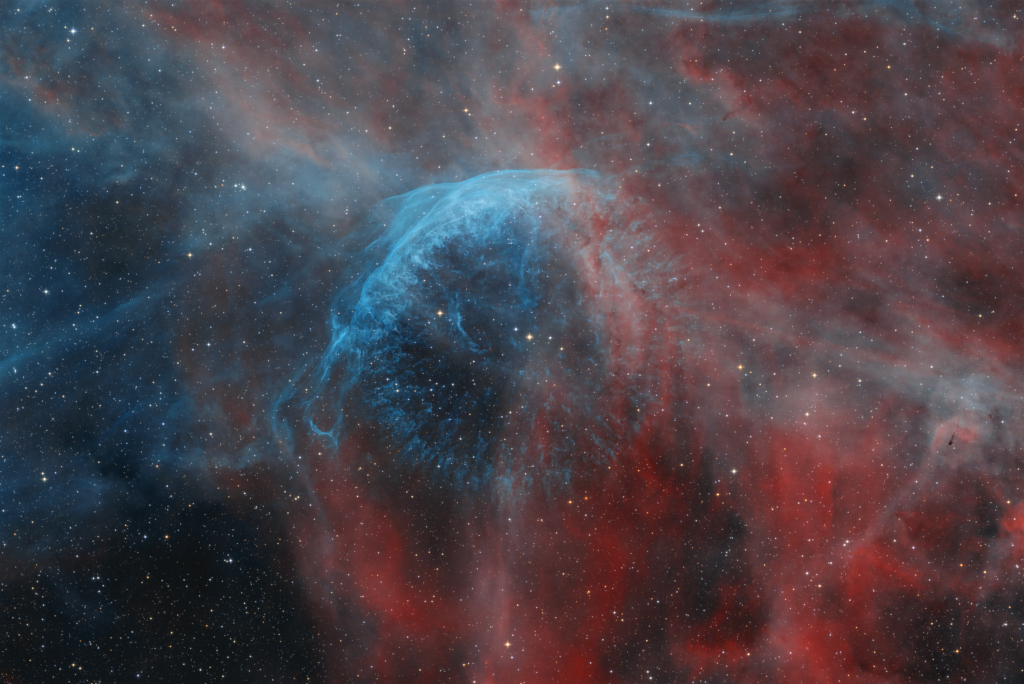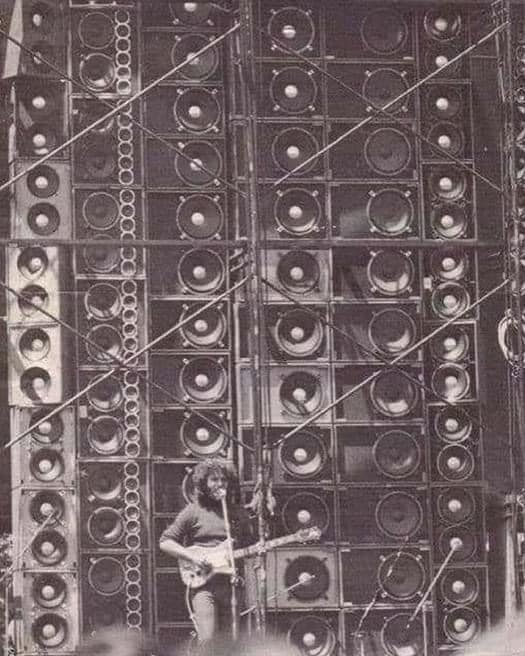Blog
Sir Edward William Elgar, 1st Baronet
2 June 1857 – 23 February 1934) was an English composer, many of whose works have entered the British and international classical concert repertoire. Among his best-known compositions are orchestral works including the Enigma Variations, the Pomp and Circumstance Marches, concertos for violin and cello, and two symphonies. He also composed choral works, including The Dream of Gerontius, chamber music and songs. He was appointed Master of the King’s Musick in 1924.
Although Elgar is often regarded as a typically English composer, most of his musical influences were not from England but from continental Europe. He felt himself to be an outsider, not only musically, but socially. In musical circles dominated by academics, he was a self-taught composer; in Protestant Britain, his Roman Catholicism was regarded with suspicion in some quarters; and in the class-conscious society of Victorian and Edwardian Britain, he was acutely sensitive about his humble origins even after he achieved recognition. He nevertheless married the daughter of a senior British Armyofficer. She inspired him both musically and socially, but he struggled to achieve success until his forties, when after a series of moderately successful works his Enigma Variations (1899) became immediately popular in Britain and overseas. He followed the Variations with a choral work, The Dream of Gerontius (1900), based on a Roman Catholic text that caused some disquiet in the Anglican establishment in Britain, but it became, and has remained, a core repertory work in Britain and elsewhere. His later full-length religious choral works were well received but have not entered the regular repertory.
In his fifties, Elgar composed a symphony and a violin concerto that were immensely successful. His second symphony and his cello concerto did not gain immediate public popularity and took many years to achieve a regular place in the concert repertory of British orchestras. Elgar’s music came, in his later years, to be seen as appealing chiefly to British audiences. His stock remained low for a generation after his death. It began to revive significantly in the 1960s, helped by new recordings of his works. Some of his works have, in recent years, been taken up again internationally, but the music continues to be played more in Britain than elsewhere.
Elgar has been described as the first composer to take the gramophone seriously. Between 1914 and 1925, he conducted a series of acoustic recordingsof his works. The introduction of the moving-coil microphone in 1923 made far more accurate sound reproduction possible, and Elgar made new recordings of most of his major orchestral works and excerpts from The Dream of Gerontius.
more...The Raspberry nebula is in the center.( Sh2-263 is the red emission nebula and vdB38 is the blue reflection nebula.) The central star is HD 34989. To the right is Sh2-265 and lower left shows a section of the Lambda Orionis ring Sh2-264. The blue light from the star Bellatrix “shines” from the lower right. 1,300 distant.

Herbert Edward Lovelle (June 1, 1924 – April 8, 2009) was an American drummer, who played jazz, R&B, rock, and folk. He was also a studio musician and an actor. Lovelle was born in New York City. His uncle was the drummer Arthur Herbert.
Lovelle began his career with the trumpeter, singer, and band leader Hot Lips Page in the late 1940s, then played in the 1950s with the saxophonist Hal Singer, Johnny Moore’s Three Blazers and the pianist Earl Hines. Through working for Lucky Thompson and Jimmy Rushing of Count Basie’s Orchestra, he became house drummer at the Savoy Ballroom in New York City for much of the 1950s.
more...Nelson Smock Riddle Jr. (June 1, 1921 – October 6, 1985 Oradell, NJ) was an American arranger, composer, bandleader and orchestrator whose career stretched from the late 1940s to the mid-1980s. He worked with many vocalists at Capitol Records, including Frank Sinatra, Ella Fitzgerald, Nat King Cole, Judy Garland, Dean Martin, Peggy Lee, Johnny Mathis, Rosemary Clooney and Keely Smith. He scored and arranged music for many films and television shows, earning an Academy Award and three Grammy Awards. He found commercial and critical success with a new generation in the 1980s, in a trio of Platinum albums with Linda Ronstadt.
In 1950, Riddle was hired by composer Les Baxter to write arrangements for a recording session with Nat King Cole; this was one of Riddle’s first associations with Capitol Records. Although one of the songs Riddle had arranged, “Mona Lisa,” soon became the biggest selling single of Cole’s career, the work was credited to Baxter. However, once Cole learned the identity of the arrangement’s creator, he sought out Riddle’s work for other sessions, and thus began a fruitful partnership that furthered the careers of both men at Capitol.
During the same year, Riddle also formed a friendship with Vern Yocum (born George Vernon Yocum), a big band jazz musician (and brother of Pied Piper Clark Yocum) who would transition into music preparation for Frank Sinatra and other entertainers at Capitol Records. A collaboration followed, with Vern becoming Riddle’s “right hand” as copyist and librarian for the next thirty years.
more...Lafayette Leake (June 1, 1919 – August 14, 1990) was an American blues and jazz pianist, organist, vocalist and composer who played for Chess Records as a session musician, and as a member of the Big Three Trio, during the formative years of Chicago blues. He played piano on many of Chuck Berry‘s recordings.
Leake was born in Winona, Mississippi, in 1919. Information about his early years is sparse, but in the early 1950s he joined the Big Three Trio (replacing Leonard Caston) and began his association with Chess Records, where he worked closely with bassist, producer, and songwriter Willie Dixon.
Leake played piano on One Dozen Berrys, Chuck Berry’s second album, released in 1958 by Chess. He was then on Chuck Berry Is on Top; Leake (not Berry’s longtime bandmate Johnnie Johnson) played the prominent piano on the classic original rendition of “Johnny B. Goode“, as well as “Rock and Roll Music“.Leake played on numerous other Chess sessions from the 1950s through the 1970s, backing many Chess musicians, including Sonny Boy Williamson, Otis Rush, Junior Wells, and Little Walter. Leake gave Chicago blues musician Harmonica Hinds his first harmonica lesson on the street in Toronto, Ontario.
more...Temple Israel Erev Shabbat Service Friday 5-31-24 6pm with Inbal Sharett Singer, Jayson Rodovsky, Jeff Bailey, Peter Whitman and mick LaBriola.
more...Made with narrowband filters, this cosmic snapshot covers a field of view over twice as wide as the full Moon within the boundaries of the constellation Cygnus. It highlights the bright edge of a ring-like nebula traced by the glow of ionized hydrogen and oxygen gas. Embedded in the region’s expanse of interstellar clouds, the complex, glowing arcs are sections of shells of material swept up by the wind from Wolf-Rayet star WR 134, brightest star near the center of the frame. Distance estimates put WR 134 about 6,000 light-years away, making the frame over 100 light-years across. Shedding their outer envelopes in powerful stellar winds, massive Wolf-Rayet stars have burned through their nuclear fuel at a prodigious rate and end this final phase of massive star evolution in a spectacular supernova explosion. The stellar winds and final supernova enrich the interstellar material with heavy elements to be incorporated in future generations of stars.

Peter Yarrow (born May 31, 1938) is an American singer and songwriter who found fame as a member of the 1960s folk trio Peter, Paul and Mary. Yarrow co-wrote (with Leonard Lipton) one of the group’s best known hits, “Puff, the Magic Dragon“. He is also a political activist and has supported causes that range from opposition to the Vietnam War to school anti-bullying programs. Yarrow was convicted in 1970 of molesting a 14-year-old girl, for which he was pardoned in 1981 by President Jimmy Carter.
Peter Yarrow was born in Manhattan, the son of Vera Wisebrode (née Vira Burtakoff) and Bernard Yarrow. His parents were educated Ukrainian Jewish immigrants, whose families had settled in Providence, Rhode Island.
more...John Henry Bonham (31 May 1948 – 25 September 1980) was an English musician who was the drummer of the rock band Led Zeppelin. Noted for his speed, power, fast single-footed kick drumming, distinctive sound, and feel for groove, he is regarded as one of the greatest and most influential drummers in history.
Bonham was born in 1948 in Redditch, Worcestershire, and took up drums at age 5, receiving a snare drum at age 10 and a full drum set at age 15. He played with multiple local bands both at school and following school, eventually playing in two different bands with Robert Plant. Following the demise of the Yardbirds in 1968, Bonham joined Plant, guitarist Jimmy Page and bass guitarist John Paul Jones to form Led Zeppelin.
Bonham showcased a hard-hitting hard rock style, but also handled funk and Latin-influenced grooves in later Led Zeppelin releases. Like Keith Moon of the Who, Bonham’s drum set grew in size following the band’s 1969 concert tours, including congas or timpani and a gong. His drum solo “Moby Dick” was featured on the group’s second album and was a staple of their concerts, often lasting just over 20 minutes. Outside of Led Zeppelin, Bonham played drums for other artists, including the Family Dogg, Screaming Lord Sutch, Lulu, Jimmy Stevens and Wings. Bonham played with Led Zeppelin until his sudden death at age 32, in September 1980 following a day of heavy drinking. The surviving members disbanded the group out of respect for Bonham.
A mostly self-taught drummer, Bonham was influenced by Max Roach, Gene Krupa and Buddy Rich. He was close with Vanilla Fudge drummer Carmine Appice, who introduced him to Ludwig drums. While he was primarily known for his hard-rock style during his lifetime, his reputation as a drummer has grown beyond that genre following his death. He has influenced various drummers, including Dave Grohl, Neil Peart, Chad Smith and Dave Lombardo. He was posthumously inducted into the Rock and Roll Hall of Fame in 1995 as a member of Led Zeppelin. In 2016, Rolling Stone named him the greatest drummer of all time.
more...Jimmy Shirley (May 31, 1913 – December 3, 1989) was an American jazz and R&B guitarist who recorded from the 1940s to the 1970s. He was an early exponent of the electric guitar and was one of the first to use the Vibrola vibrato arm in recordings, such as on “Jimmy’s Blues” (1945).
While growing up in Cleveland, he was taught guitar by his father. In 1937, he moved to New York City and spent four years with the Clarence Profit Trio. In 1940, he recorded with Wingy Carpenter. He worked with Ella Fitzgerald from 1942 to 1943 and with Phil Moore and Herman Chittison. During the 1940s, he recorded with Clyde Bernhardt, Sid Catlett, Sidney De Paris, Edmond Hall, John Hardee, Coleman Hawkins, Art Hodes, Billie Holiday, James P. Johnson, Pete Johnson, Billy Kyle, and Ram Ramirez.
Beginning in the 1950s, Shirley played less swing guitar, more blues, jump blues, and rock and roll. He recorded or accompanied singers Wynonie Harris, Jimmy Rushing, Screamin’ Jay Hawkins, Little Willie John, Rose Murphy and Barbara Lea. He performed in Europe during the 1970s, recorded the album Steff and Slam with Stéphane Grappelli and Slam Stewart, and China Boy (Black and Blue, 1975), his only album as a leader.
more...Louis Hayes (born May 31, 1937) is an American jazz drummer and band leader. He was with McCoy Tyner‘s trio for more than three years. Since 1989 he has led his own band, and together with Vincent Herring formed the Cannonball Legacy Band. He is part of the NEA Jazz Masters awards class of 2023.
Louis Sedell Hayes was born in Detroit, Michigan, United States, to a father, an automaker, who played drums and piano. His mother waited tables and played the piano. She was the sister of John Nelson, the father of the musician Prince. Hayes got his first drum set at age 10. The key influence in his early development was his cousin Clarence Stamps, an accomplished drummer who grounded his technical fundamentals and gave him lessons that stuck for life. He refers to the early influence of hearing jazz, especially big bands on the radio. His main influence was Philly Joe Jones and he was mentored by Jo Jones. His three main associations were with Horace Silver‘s Quintet (1956–59), the Cannonball Adderley Quintet (1959–65), and the Oscar Peterson Trio (1965–67). Hayes often joined Sam Jones, both with Adderley and Peterson, and in freelance settings.
When he was a teenager, he led a band in Detroit clubs before he was 16. He worked with Yusef Lateefand Curtis Fuller from 1955 to 1956. He moved to New York in August 1956, to replace Art Taylor in the Horace Silver Quintet and, in 1959, joined the Cannonball Adderley Quintet, with which he remained until mid-1965, when he succeeded Ed Thigpen in the Oscar Peterson Trio. He left Peterson in 1967, and formed a series of groups, which he led alone or with others; among his sidemen were Freddie Hubbard, Joe Henderson, Kenny Barron, and James Spaulding. He returned to Peterson in 1971.
The Louis Hayes Sextet, formed in 1972, became, in 1975, the Louis Hayes-Junior Cook Quintet and the Woody Shaw-Louis Hayes Quintet (Cook remained as a sideman until Rene McLean joined); in its last form the quintet played successful engagements throughout Europe and (without McLean) acted as the host group when, in 1976, Dexter Gordon visited the U.S. for the first time in many years. After Shaw left the group in 1977, Hayes continued to lead it as a hard-bop quintet.
more...Albert “Tootie” Heath (May 31, 1935 – April 3, 2024) was an American jazz hard bop drummer, the brother of tenor saxophonist Jimmy Heath and the double-bassist Percy Heath. With Stanley Cowell, the Heaths formed the Heath Brothers jazz band in 1975.
Born in Philadelphia, Pennsylvania, United States on May 31 1935, he first recorded in 1957 with John Coltrane. From 1958 to 1974, he worked with, among others, J. J. Johnson, Wes Montgomery, Art Farmer and Benny Golson‘s Jazztet, Cedar Walton, Bobby Timmons, Kenny Drew, Sonny Rollins, Dexter Gordon, Johnny Griffin, Herbie Hancock, Friedrich Gulda, Nina Simone, and Yusef Lateef. In 1975, he, Jimmy and Percy formed the Heath Brothers.[2] He remained with the group until 1978, then left to freelance. He recorded extensively throughout his career.
Among his many workshop and classroom teaching assignments, Heath was a regular instructor at the Stanford Jazz Workshop.
Heath was later the producer and leader of The Whole Drum Truth, a jazz drum ensemble featuring Ben Riley, Ed Thigpen, Jackie Williams, Billy Hart, Charlie Persip, Leroy Williams and Louis Hayes.
Albert Heath died of leukemia in Santa Fe, New Mexico, on April 3, 2024, at the age of 88.
more...https://www.youtube.com/watch?v=nzXxKQPQ84U&list=PLF183036912DCA301&index=1
more...



More Posts
- World Music Ibrahim Maalouf
- Daily Roots Scientist
- Christian Teachings
- Plato Music
- Maroons Episcopal Homes
- Chris Hillman
- Maroons Episcopal Homes
- Cosmos Sh2-174
- Dennis Wilson
- Terry Woods
- Hux Brown
- Jim Hall
- World Music Jankunu
- Daily Roots Toots and the Maytals
- Rubber Soul
- Machito
- Humanity Future
- Music of the Spheres
- Morgan Freeman to Disagree
- Cosmos NGC 300